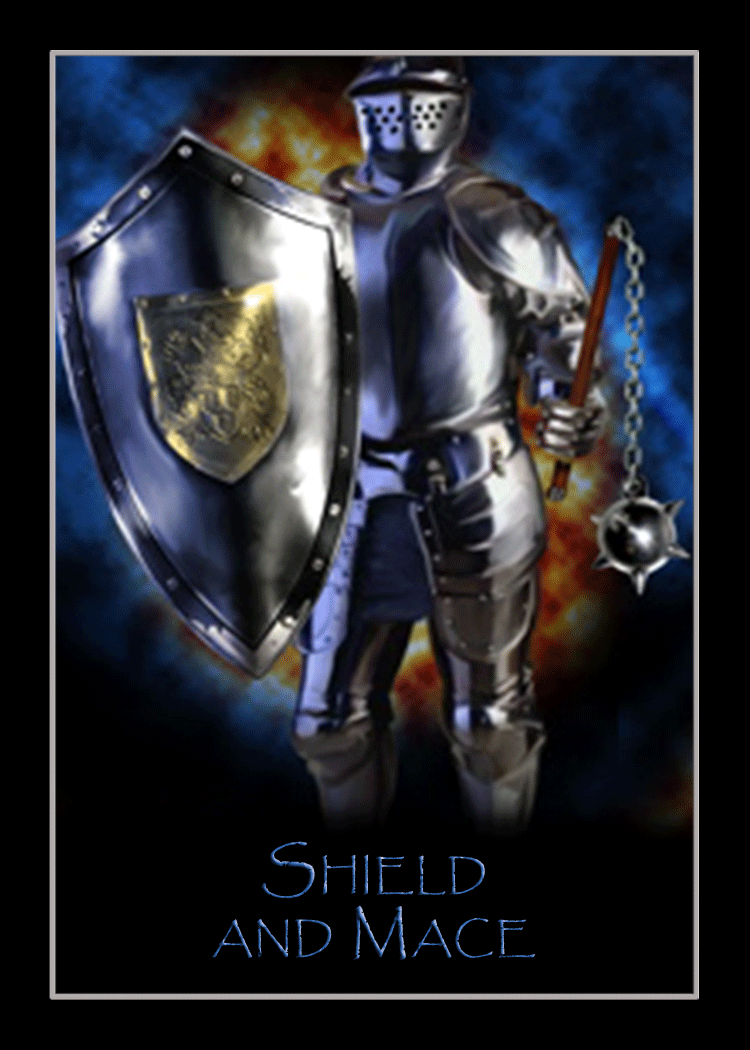
Like Short Form One, the history of Short Form Two is not entirely known. What is known is that the form existed in some manner prior to SGM Parker's influence to kenpo. Being that this form is not overly complex - it can be surmised that it probably wasn't extremely different from today's version.
Short Form Two is typically taught immediately after Short Form One and Long Form One. All formal documentation from SGM Parker shows, and the majority of instructors teach, Short Form Two as the third form of the American Kenpo system. Although, there are a few instructors that teach Short Form Two immediately after Short Form One and before Long Form One - i.e. as the second form. This situation came about because at first Long Form One was taught to beginners shortly after learning Short Form One. But, for a short period of time in the 1960's Short Form Two was taught before Long Form One - at Purple belt. Short Form Two was soon placed back after Long Form One. Even now, the formal references attributed to SGM Parker about Short Form Two show it being taught at different belt levels - Purple belt or Blue belt. But, all references show it being taught after Long Form One.
The logic for moving Short Form Two before Long Form One mostly surrounded the motivation to keep the shorter forms together while saving the longer forms for the slightly more advanced student. There is sound reasoning to this argument, and as such, of few of the instructors from that period opted to keep the order Short Form One, Short Form Two, Long Form One, Long Form Two even after the final shuffling.
The logic for keeping the original order of Short Form One, Long Form One, Short Form Two, Long Form Two deals with timing, logical sequencing of basics, and general flow through the forms. The timing argument says that the one-in-one timing forms should be kept together and the two-in-one timing forms should be kept together. The logical sequencing of basics argument says that Short Form One starts with defense only, front hand only, and retreating only. And, Long Form One starts with that foundation and then builds upon it - where as Short Form Two and Long Form Two continue to build up the foundation of Short Form One and Long Form One in complexity. The general flow argument says that the forms should flow numerically as follows: Short Form One, Long Form One, Short Form Two, Long Form Two, Short Form Three, Long Form Three, Form Four, etc. And, placing Short Form Two prior to Long Form One breaks the numerical flow.
One must also keep in mind that during all this period of flux there was no Yellow belt in the system, the self-defense techniques numbered thirty two per belt, and there were no extensions. Also, during part of this time, there were no self-defense techniques above 'The Back Breaker' - i.e. Brown / Black belt self-defense techniques. So, the system was in flux in more ways than just deciding where to place Short Form Two in the system.
Most people consider the American Kenpo System finalized at the point when SGM Parker published the 'Infinite Insight' series. But, there were still a few changes in the works after the publication of that series, but these additions were never formally published and generally just being formalized and taught through small pockets of instructors - just as was done at the beginning of the formulation of the system. Given time these additions would have been stabilized and generally published to all. These changes included new forms, new books, and further study into weapons (namely the stick and the knife). If SGM Parker were still alive today, and with today's technology, one could count on the American Kenpo System being further enhanced and expanded than what existed at his death in 1990.